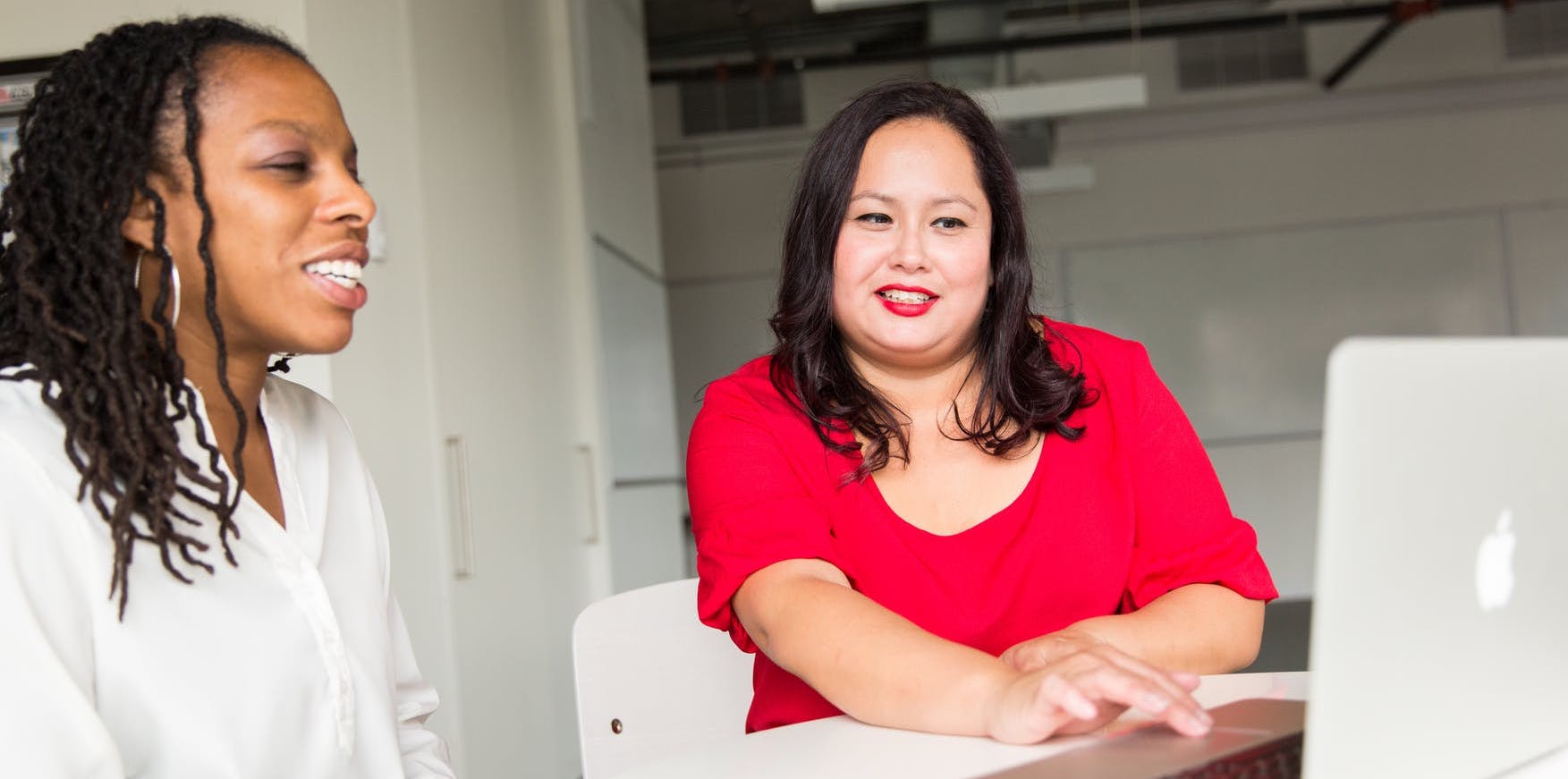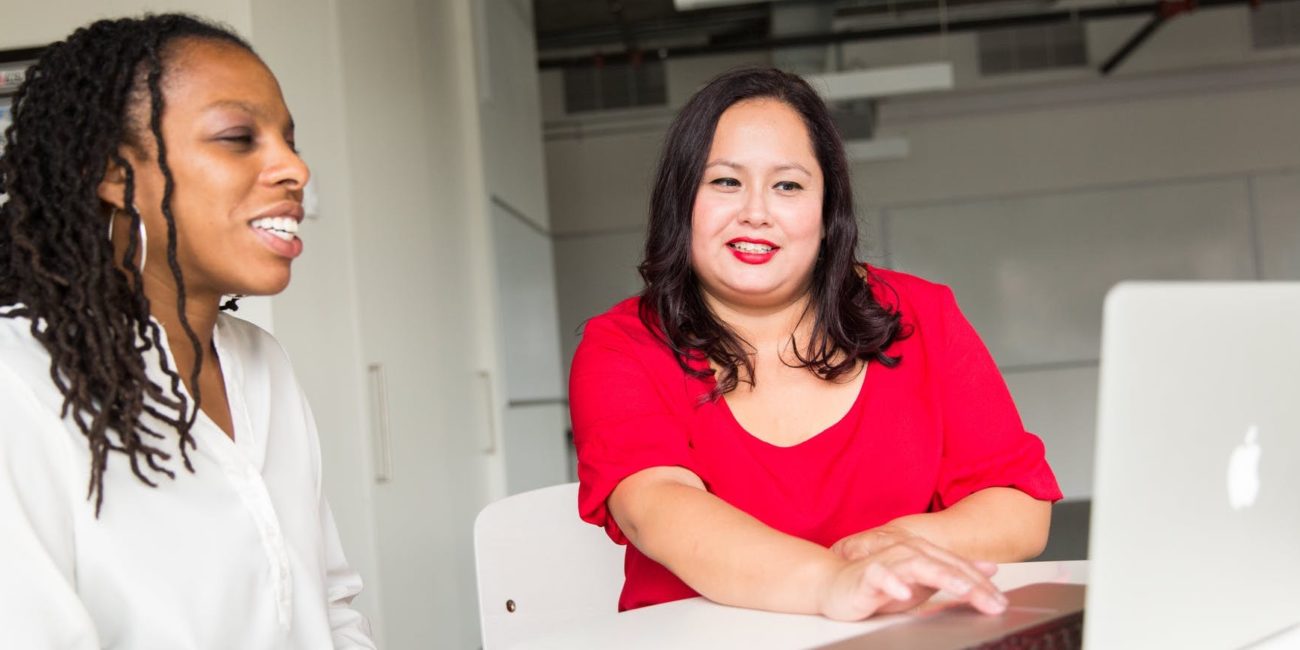By: Joshua S. Schwartz, Ed. D., P.M.P.
As I sat down to write this blog post, I kept thinking about how to best describe the impact attending community colleges has on people from all walks of life. As a former community college student, administrator, and now an adjunct professor at a community college, I feel like I am uniquely positioned to share the important role community colleges play in the lives of nontraditional students today, and how faculty members can better support these students.
Anyone who has spent any time on a community college campus knows that there’s no such thing as a “traditional” student. For some, it’s a place to supplement their coursework at a 4-year institution, for others, it’s a place for lifelong learning or continued professional development. But then there are students like George who remind all of us who work at community colleges why the work we do is so crucial.
In the Opinion section of the New York Times earlier this year, there was a discussion on “How College Changed My Life.” I read through each response, noting the discussions on prestigious institutions like Yale, Duke, and Swarthmore – but the one that caught my attention the most, was from George Whittemore, from Princeton, Massachusetts. George’s first paragraph read…
“My community college experience saved my life. After graduating from high school, moving around and floundering in minimum-wage jobs, I returned to my hometown to live with my parents. I was depressed and attempted suicide. During my recovery, I started attending the community college in my hometown. At first, I resisted enrolling in our local community college because I felt there was a stigma. But when I did, I found a menagerie of students from all walks of life and professors who were deeply passionate about their students.”
There have been many times I’ve had students in my classroom, like George. According to the Community College Research Center (CCRC), “An analysis of Education Longitudinal Study (ELS: 2002-06) data shows that 44% of low-income students attend community colleges as their first college after high school, compared with only 15% of high-income students.”
As a faculty member, I have to stop and remind myself before each class that many of my students must decide between eating dinner that night, buying diapers for their kids, or filling their gas tank to get to class. For them, a community college isn’t a stigmatized way to get an education, it’s a lifesaver – an opportunity – a way to make a difference in not just their life, but in the lives of their families too.
And there are over 1,130 community colleges across the United States – where nearly 20-25% of those who graduate are first-generation students. I’ve seen this reflected first hand. Many of my current and former students are first-generation, or adult students returning to the classroom environment to earn additional workforce credentials and skill sets to improve their lives. You can read more about this in my previous blog post, Community Colleges and Their Important Role in Workforce Development.
What concerns me, however, is that a recent report by the NSC Research Center found that the national completion rate for the fall 2012 cohort who started in two-year public institutions was only 39.2%. This overall rate includes full-time, part-time and mixed-time students. Think about that – only 8 students, in a class of 20 – would likely complete their degree at the college.

So, that got me thinking, what are the barriers that keep students from completing their degree? And what can we as faculty do to help these students?
The role of faculty members is vital to the success of a student—not just in the classroom setting, but within the institution. I’m often the first to hear a student’s concerns—in a classroom setting either through conversations I’ve overheard or through online discussion board posts. As a faculty member, I feel empowered to alert other departments to concerns, not only around a student’s academic performance but their overall well-being, too.
This semester, I overheard two of my students talking about not being able to afford to grab food before class (a 6 p.m. night class). So, now I make sure to bring snacks for the entire class each week. That small gesture has surprisingly made a big difference to all my students’ success in this class! While I know it’s not feasible to do this for every class I teach – at least this one time, it made a large impact.
I was also able to trigger an alert to the Advising and Student Services teams about these particular two students – to reach out and make sure all was well. The advisors for both students referenced they would never have known about the students’ background, had it not been for the faculty alert.
Of course, there are many efforts—some long-standing and others new—that are in place to help a diverse population of students persist within the community college system. Organizations and companies across the country are stepping up to help students discover their local community college – not only for a degree but also to gain additional workforce credentials.
You’re probably wondering, which efforts have been worthwhile investments for community colleges when it comes to student success? In my experience, institutions that have proactive retention plans in place that involve faculty as a resource and student life experience for their students, and not just from an advising standpoint, have seen the most progress.
All in all, I know firsthand how a community college can change a life forever — just like it did for me and started a whole new journey I never dreamed possible. The next time you hear someone talking about going to their local community college, encourage them and offer your support. And maybe even join them for a class or two! The doors to community colleges across the country are always open to any individual who wants to learn — and, of course, faculty and staff members are eager to welcome you with open arms.

